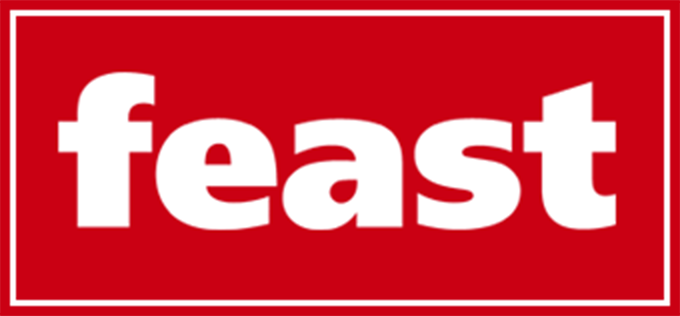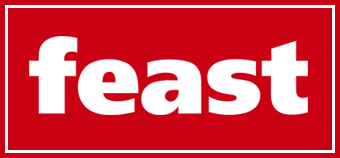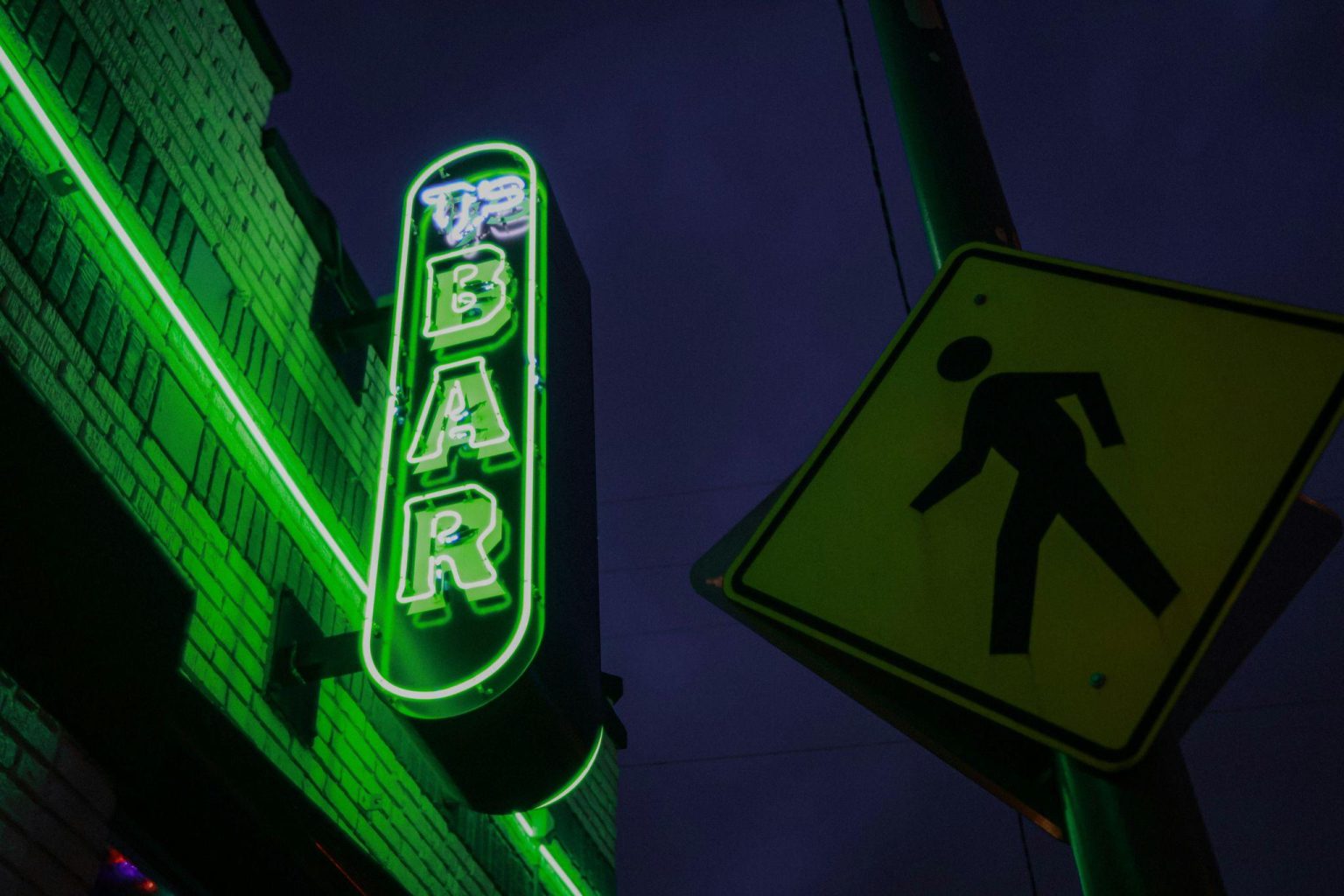In 2025, the hospitality scene in St. Louis—comprising lively bars, craft breweries, taprooms, and distilleries—is facing higher demands for guest safety, regulatory compliance and operational efficiency. According to recent industry data, over 40 % of bars have experienced some form of patron trouble (from banned individuals to repeat offenders) in the past year. Modern security systems are stepping up—especially those powered by facial recognition and real-time analytics. These systems don’t just record footage—they actively identify banned patrons, detect known troublemakers, and alert staff instantly, often before the incident escalates.
For bar owners and brewery taprooms in St. Louis, the right facial recognition security camera solution can:
- Automatically flag known banned individuals at the door or on premises.
- Alert security or management in real time when an unwanted patron enters.
- Speed up service by reducing manual monitoring and enabling smarter staff deployment.
- Help maintain compliance with local liquor licensing and safety regulations.
Below, we explore the top five systems built for bars and breweries in 2025—with the first one being a standout for its AI-powered capabilities.
1. Coram
Coram offers a facial recognition security system that integrates with existing IP cameras and provides real-time alerts for persons of interest.
Why it stands out for bars and breweries:
- Coram can instantly match faces against an uploaded database of banned patrons and send an alert within seconds
- Works with your existing cameras—no need for costly full camera replacement.
- Cloud-dashboard access lets management or security staff view alerts from mobile in real time—for example if a patron flagged in the system enters the taproom or lounge area.
- Particularly useful for craft brewery taprooms with open-plan layouts and multiple entry points: you can track movement across cameras, view last-seen location, and take quick action.
Use case in St. Louis:
Imagine a brewery with a popular taproom near downtown. A banned patron (previously escorted out) walks in from the patio. Coram’s facial recognition security camera matches the face, triggers an alert to security’s mobile device, shows the last camera feed and location, allowing staff to intervene or escort the individual before service resumes.
2. Clearview (example)
Clearview AI (or equivalent)* is a facial-recognition platform often used in hospitality for identifying repeat offenders. While primarily used in larger enterprises, smaller bars and breweries in St. Louis can adapt the technology for safer guest experiences.
Key benefits:
- Automated watch-list matching: upload frames of banned patrons and the system identifies them when they attempt re-entry.
- Integration with door camera and lobby camera feeds for sweeping coverage.
- Supports high-traffic entry points—ideal for weekend events at craft breweries.
*Note: Always check local privacy and regulatory aspects when deploying facial recognition.
3. FaceFirst (Hospitality Edition)
FaceFirst offers a facial-recognition system tailored to retail and hospitality, and it works well for bars and breweries.
How it helps:
- Registers and tracks repeat trouble-makers across venues—helpful if your brand has multiple taprooms in the St. Louis metro area.
- Delivers staff alerts when flagged individuals arrive, letting you proactively respond.
- Speeds up service: when known, welcome back guests; when flagged, staff are prepared.
4. Evolv Express with Face Recognition Add-On
Evolv is known for integrated security screening, but their facial recognition add-on works well in high-volume hospitality environments.
Key advantages for breweries/bars:
- As guests arrive, facial print scanners or camera-based recognition checks them instantly, boosting entry speed and safety.
- Ideal for venues with live music, high foot-traffic events, or large indoor-outdoor taprooms.
- Ensures known banned individuals are identified before they reach the bar area.
5. AnyVision Hospitality Edition
AnyVision provides AI-driven face analytics for a range of venues, including hospitality and nightlife.
Why it fits bar & brewery use:
- Modular system: can start with front-door camera and scale to patio, indoor lounge, and VIP rooms.
- Sends alerts when “persons of interest” are present—enabling staff to act pre-emptively.
- Cloud accessibility ensures mobile management for multi-site brewery operations in the St. Louis region.
How to Choose the Right Facial Recognition System for Your Venue
When evaluating facial-recognition security cameras for your bar or brewery in St. Louis, prioritize the following:
- Database of banned patrons: Can you upload and manage a watch-list of individuals who should not enter?
- Real-time alerts: The quicker the alert arrives, the quicker staff can respond.
- Camera compatibility: Ensure the system integrates with your existing IP cameras where possible to reduce upgrade cost.
- Scalability & mobile access: Multi-site taprooms need unified access to alerts and dashboards.
- Privacy & compliance: Missouri law and federal guidelines require you to handle facial recognition with care—check vendor’s compliance statements.
- Service speed & entry flow: For busy nights, the system must not slow down entry; in fact, it should help expedite welcome of known good guests while filtering risk.
- Integration with existing security stack: Ideally, connect with your door access, CCTV, and incident-management systems.
FAQs
Q1: Is facial-recognition legal for bars and breweries in Missouri?
A: Yes—but you must ensure you follow state and federal laws on biometric data, guest notification, and data retention. Ask your vendor about data encryption, retention policies, and employee training.
Q2: Will the system slow down guest entry?
A: Modern systems like Coram process face matches in seconds and work with existing cameras—so when properly configured, they can even speed up guest flow by automating check-in for welcomed patrons.
Q3: Can I use the facial recognition system with my existing cameras?
A: Yes. For example, Coram supports use of your current IP cameras and overlays facial-recognition analytics without full hardware replacement.
Q4: What happens when a banned patron is detected?
A: The system sends an instant alert to your security or management. It may also trigger workflows such as deploying a staff escort, disabling access, or flagging the incident for review.
Q5: Does facial recognition reduce service speed at the bar?
A: When implemented correctly, no. The system operates in the background and only generates alerts for flagged individuals—regular guests pass through normally.
Q6: What should I ask my vendor about retention and privacy?
A: Ask how the vendor stores face data, what the retention period is, whether the system is privacy-compliant, how they handle data encryption, and how guest consent is managed.



